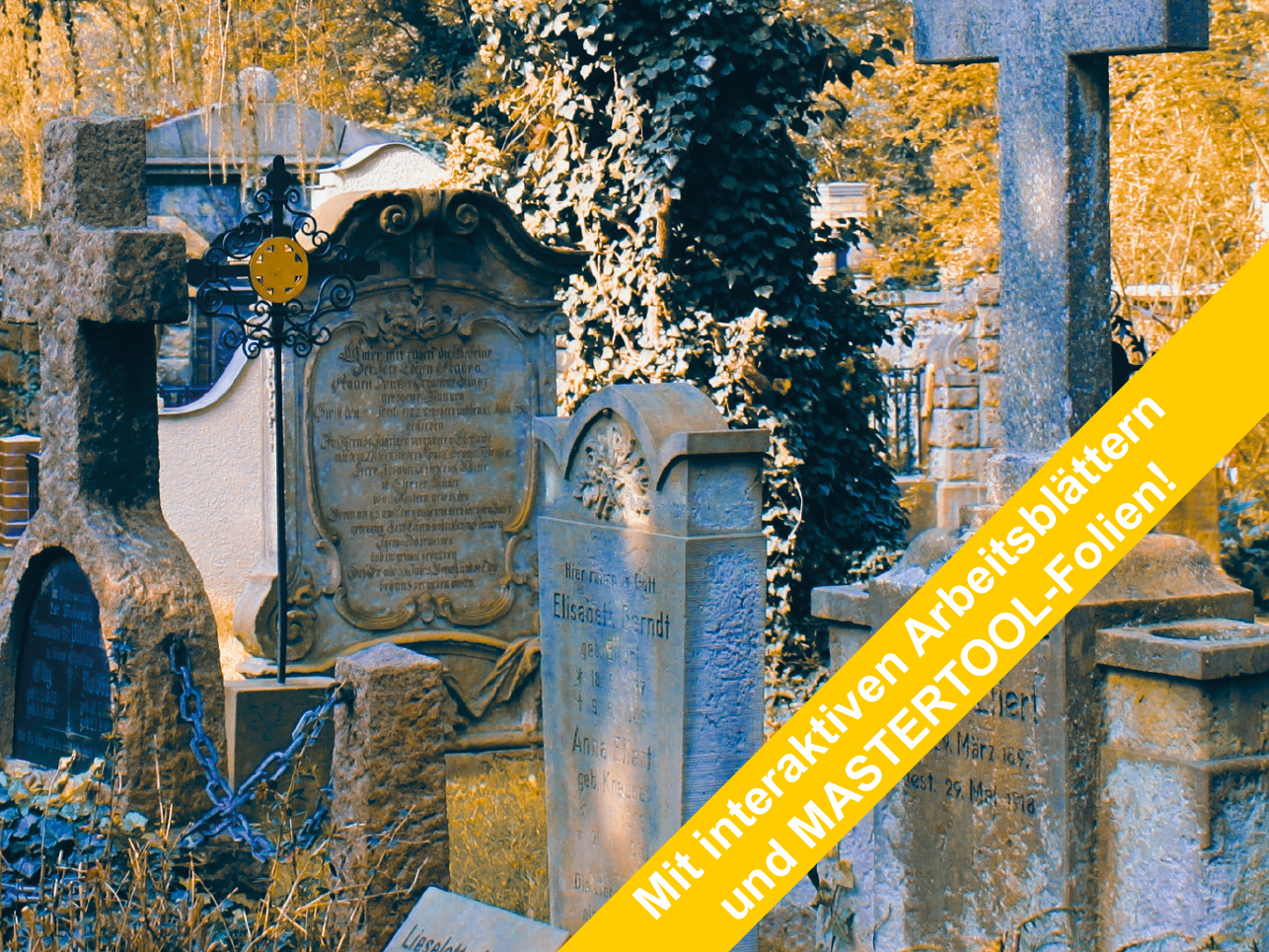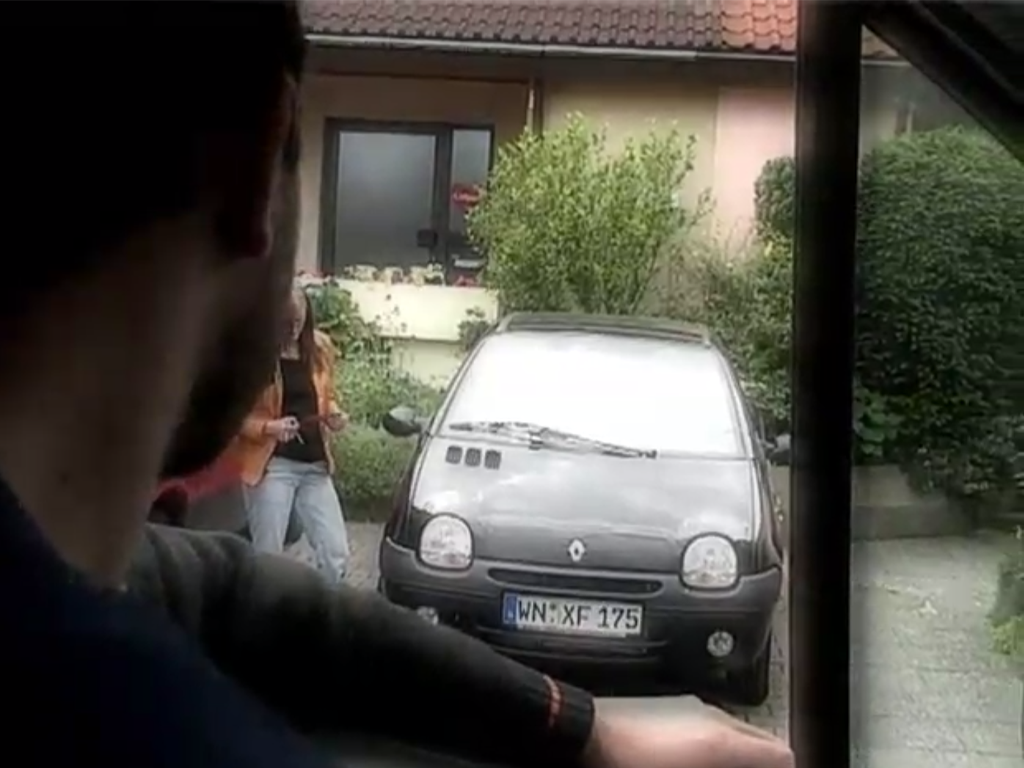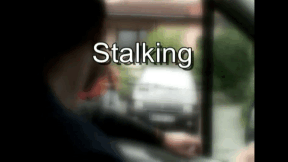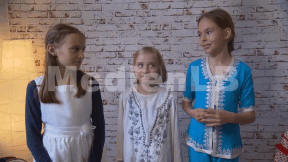 Society
Society


4673627 / 5562324
Der Tod gehört zum Leben
Umgang mit dem Sterben
Es gibt wohl kaum einen Aspekt unseres Lebens, der ähnlich eng mit ihm verknüpft ist, den wir aber dennoch gerne so weit wie möglich von uns weisen: den Tod. Die Konfrontation mit der eigenen Sterblichkeit – oder der von Menschen, die uns nahestehen – wird häufig als unangenehm empfunden. Und doch müssen wir uns ihr stellen, früher oder später. Der Journalist und Schauspieler Jenke von Wilmsdorff besucht zu diesem Zweck die Bewohner eines Hospiz, um mit ihnen und den Angehörigen über ihren Umgang mit dem Thema Tod zu sprechen. Er erfährt etwas über deren früheres Leben sowie über den Leidensweg, der sie schließlich dazu bewegt hat, sich dem Hospiz anzuvertrauen. Wichtig ist den Betroffenen dabei nicht so sehr die bloße Anzahl ihrer verbliebenen Tage, sondern sie tragen den Wunsch, die restliche Zeit lebenswert zu verbringen und mit Würde aus dem Leben zu scheiden. Des Weiteren besucht Jenke Menschen, die dem Tod gerade so entkommen sind, also eine sogenannte Nahtoderfahrung erlebt haben. Gemeinsam mit dem umfangreichen Unterrichtsmaterial (klassische und interaktive Arbeitsblätter, Testaufgaben, Lehrtexte etc.) ist der Film sehr gut für den Einsatz im Unterricht geeignet.
Play trailer










